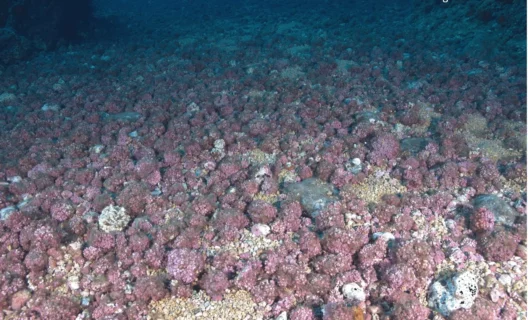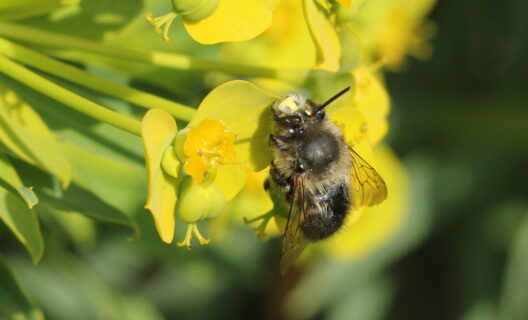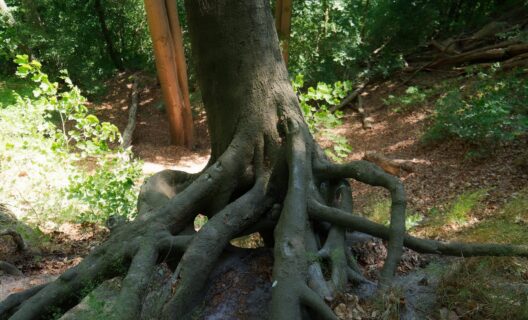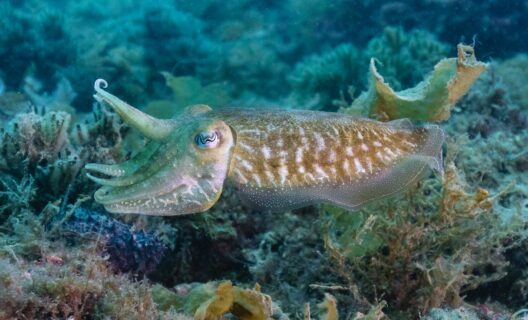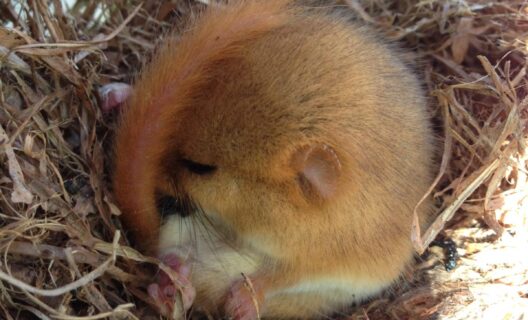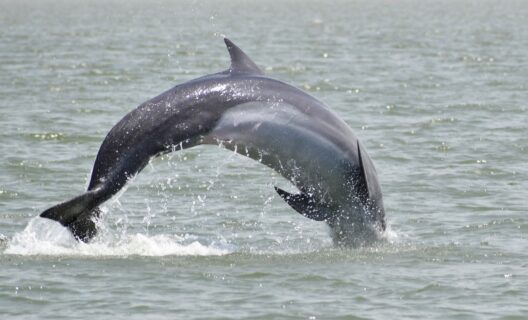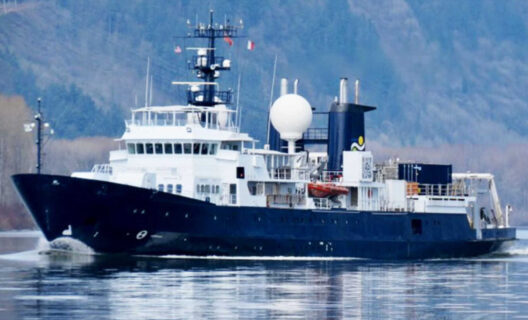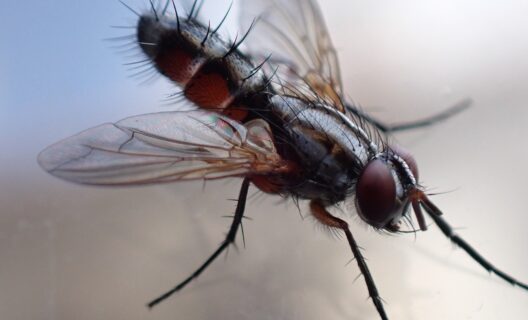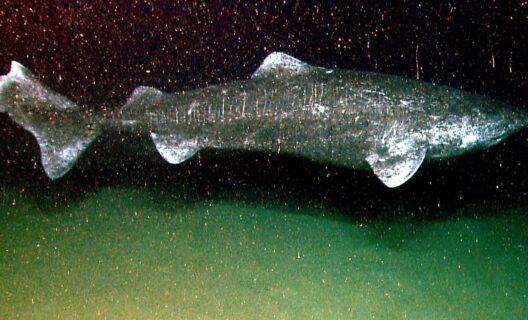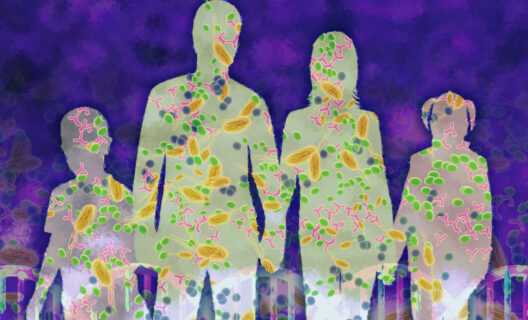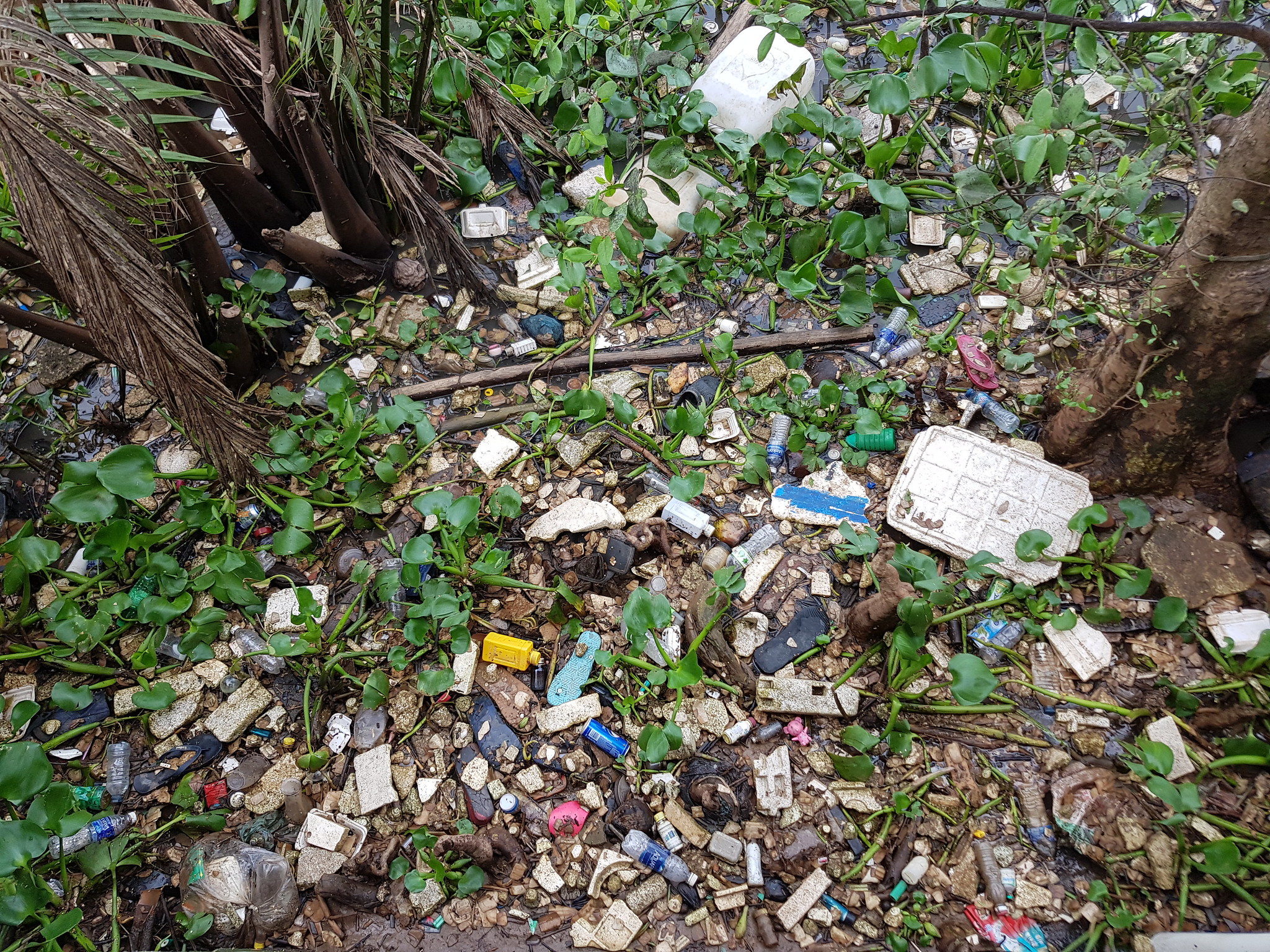

Reading time
0 min
Scientists’ warning: new ecosystem linked to waste threatens health of freshwater streams
It’s called a “plastisphere,” and it could send rivers reeling. Composed of bacteria, microalgae, and fungi (sometimes even macroorganisms), the ecosystem that forms and thrives on the surface of plastic waste could have a significant impact on the entire functioning of freshwater streams: depletion of dissolved oxygen in the water, potential introduction of disease, and alteration of the overall health of the river system are just some of the possible consequences of this new tiny population.
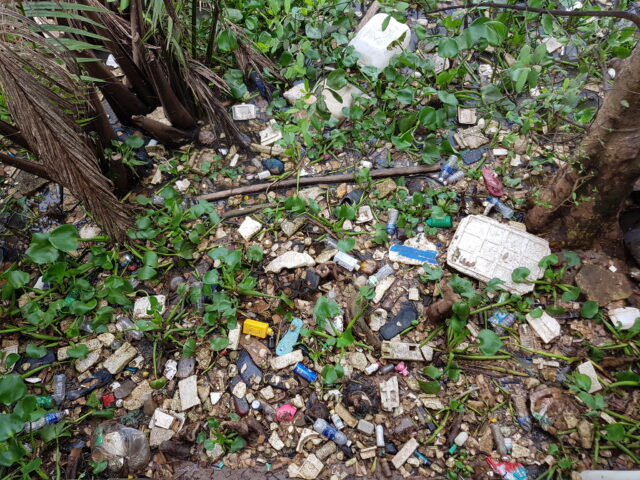
""
The effects of the plastisphere
The study, published in the journal Water Research and carried out by an international research consortium, of which the University of Milan Bicocca is a member, bases its predictions on an analysis of the Lower Mekong River system in Cambodia, one of the most diverse and productive rivers in the world. In its waters, the plastisphere-that is, the community of active biological organisms that colonize the plastic surface of the waste-presents a potential threat to river and human health, as well as to the Mekong’s ability to sustain biodiversity within its ecosystems.
""
The problem starts upstream: plastic contamination is a global environmental problem, particularly evident in aquatic ecosystems, both marine and freshwater. Rivers, in particular, play an important role in this system: in addition to being places where waste accumulates, they are important transport routes for plastic to the oceans.
""
In the case of the Mekong, scientists have monitored the health of river waters in various situations. The analyses revealed that the overall water quality has already been altered by the plastisphere: one of the most obvious effects-due to the fact that these specific bacterial communities consume dissolved oxygen in the water, which is essential for the survival of fish and other aquatic organisms-is the creation of “dead zones,” in which life is impossible.
""
Another deleterious effect of the plastisphere is the alteration of nutrient cycling: its bacterial communities are able to create “closed loops” of nutrients by concentrating them on the surface of the plastic material and taking them away from the rest of the ecosystem.
""
That’s not the end of the story: the colonization of bacteria and tiny algae that form biofilm on plastic can drive larger organisms to ingest “tasteless” plastic waste; again, potentially pathogenic microorganisms living on plastic can compromise access to drinking water for humans.
""
The study emphasizes the need to develop solutions to reduce plastic pollution in rivers. Both targeted policies to reduce plastic production and use and more effective practices to better manage waste are needed, the scientists say.
The journey goes on
Every story paves the way for the next: discover where biodiversity takes you


